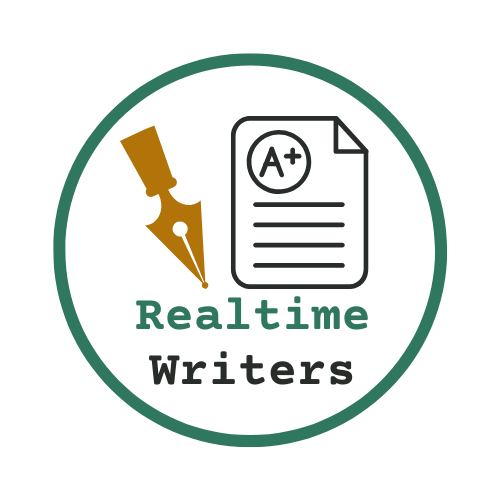“Two Kinds” By Amy Tan
Your U4 Essay is the same type of literary analysis essay as the U3 Essay, except it is larger; therefore, your research process is more in-depth, and your thesis may be more sophisticated. For the research paper, you’ll place your own observations within the context of other scholarship. In short, you will enter into an academic conversation with others who are interested in your topic, thereby participating in the construction of knowledge. To enter this conversation, you need to follow this process: Select the primary text(s) you plan to analyze and research. See guidelines below. Determine which resources address your topic of study. Gather those sources in a way that allows you to hear the various “threads of conversation” taking place within your topic. You will create an annotated bibliography that includes ten sources, five of which are annotated, and a paragraph describing how you will use the sources in your paper. Your final paper will incorporate at least five secondary sources from specialized resources. These sources must all be located through GSU library resources; they must all be scholarly sources. Wikis, blogs, discussion boards, or sources in the style of Cliffs Notes will NOT count. Most of your sources will be peer-reviewed articles from scholarly journals, located through GSU databases. Refine your topic. Write the research paper of 1,500 – 3,000 words (5-10 pages in MLA format) as a response to that conversation. Your primary audience is your class and instructor, and your secondary audience is the scholars who may be interested in your contributions to the literary body of knowledge. (An essay under the word requirement is incomplete work.) Make sure to include parenthetical citations for all primary and secondary source information and a correctly formatted Works Cited page (page 6 or later). Make sure your thesis is sharp. Make sure that each body paragraph has a sharp claim (topic sentence), evidence from primary and secondary sources, and analysis & synthesis. Does the process seem overwhelming? Don’t worry!–your instructor and your peers will guide you through each step of the way. As a matter of fact, for this particular part of the course, you will provide the texts and writings for the class. As we work step-by-step, you will be able to see your topic and the research process unfold before your eyes. Choosing Your Primary Text(s) for Analysis: For this essay, you may either: 1) Choose a single work that we have covered in class but that you did not write about in the U2 or U3 essays 2) Choose to expand upon the topic of your U2 or U3 essay; or, choose to use two primary texts for a comparison thesis What do we mean by expand upon the topic of your U2 or U3 essay? Specifically, we mean choosing an additional primary text to pair with your original primary text. Here are some good examples of primary texts students sometimes choose to use when expanding a prior project or developing a comparison thesis: “Araby” + another story from Joyce’s story collection Dubliners “Two Kinds” + another story from Tan’s collection The Joy Luck Club “The Story of an Hour” + another Chopin story “Everyday Use” + another Walker story “Cathedral” + another Carver story “A Good Man is Hard to find” + another O’Connor story “The Story of an Hour” + Gilman’s “The Yellow Wallpaper” Those are just examples–you might come up with something else. And again, you can stick with one primary text (story) we’ve covered this term if it is a text you did not use for the U2 or U3 essays. Some students do enjoy a comparison thesis though. One easy way to choose an additional primary text is to read secondary source material on your story–see what other works by the author are mentioned by scholars. You can also message me for suggestions. 3) Choose a different primary text by an author we studied (a text hat we did not read in class). Ultimately, you must have your primary text choices approved. SAMPLE STUDENT ESSAYS from prior semester: U4 Sample Student Essay, U4 Sample Student Essay 2 and U4 Sample Student Essay 3 (these are your BEST EXAMPLES of an “A” assignment outcome for this course) See sample student essays for this assignment in your textbook: p. 951: “Beat! Beat! Drums!” and “I Hear America Singing”: Two Whitman Poems Spanning the Civil War (good example of comparison of two works thesis) p. 524: The Structure of Katherine Mansfield’s “Miss Brill” p. 1550: The Ghost in Hamlet (The textbook examples are OK but don’t do a great job of introducing sources and integrating research; see the Sample 1102 Essays above for the BEST examples.)

Leave a Reply
Want to join the discussion?Feel free to contribute!